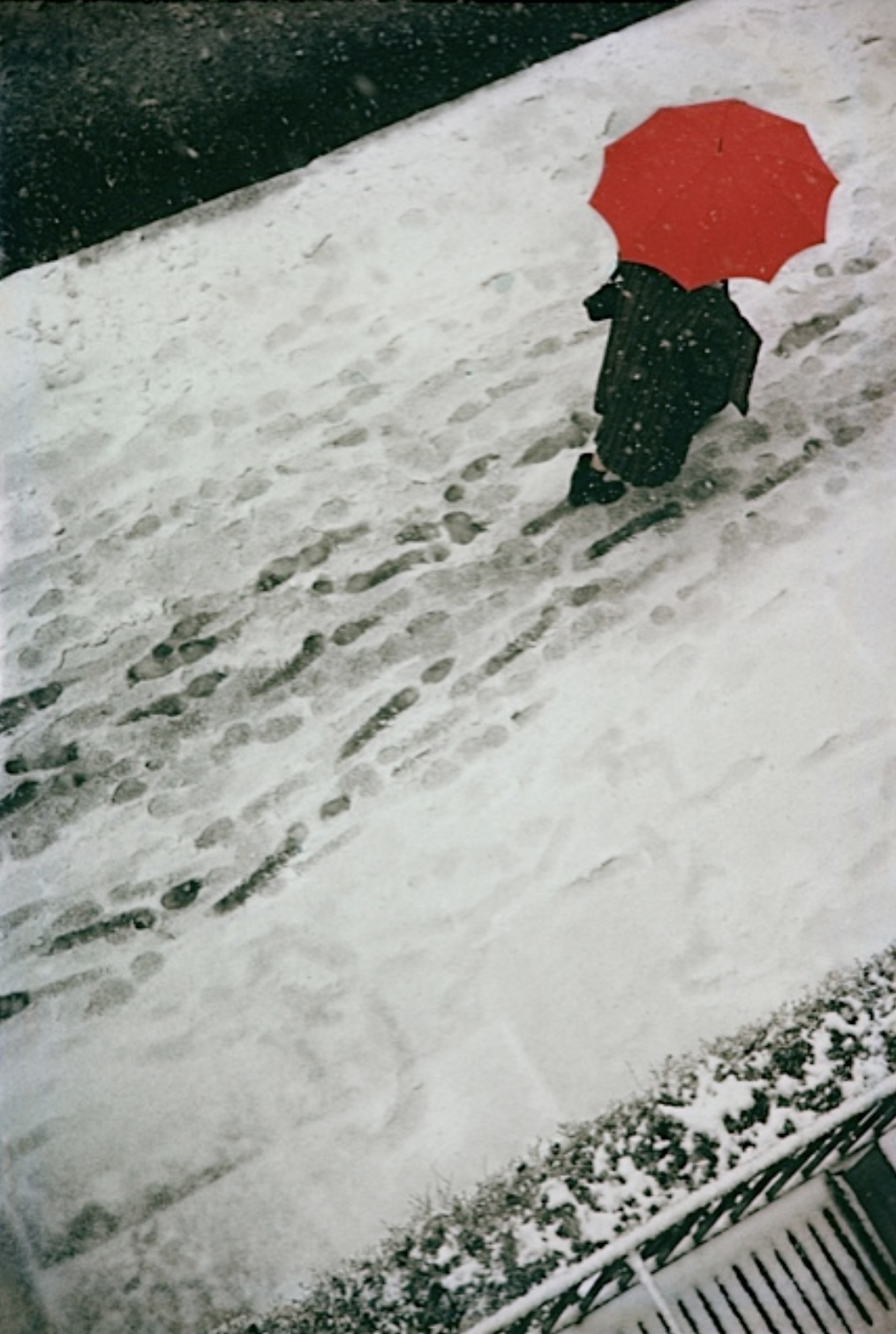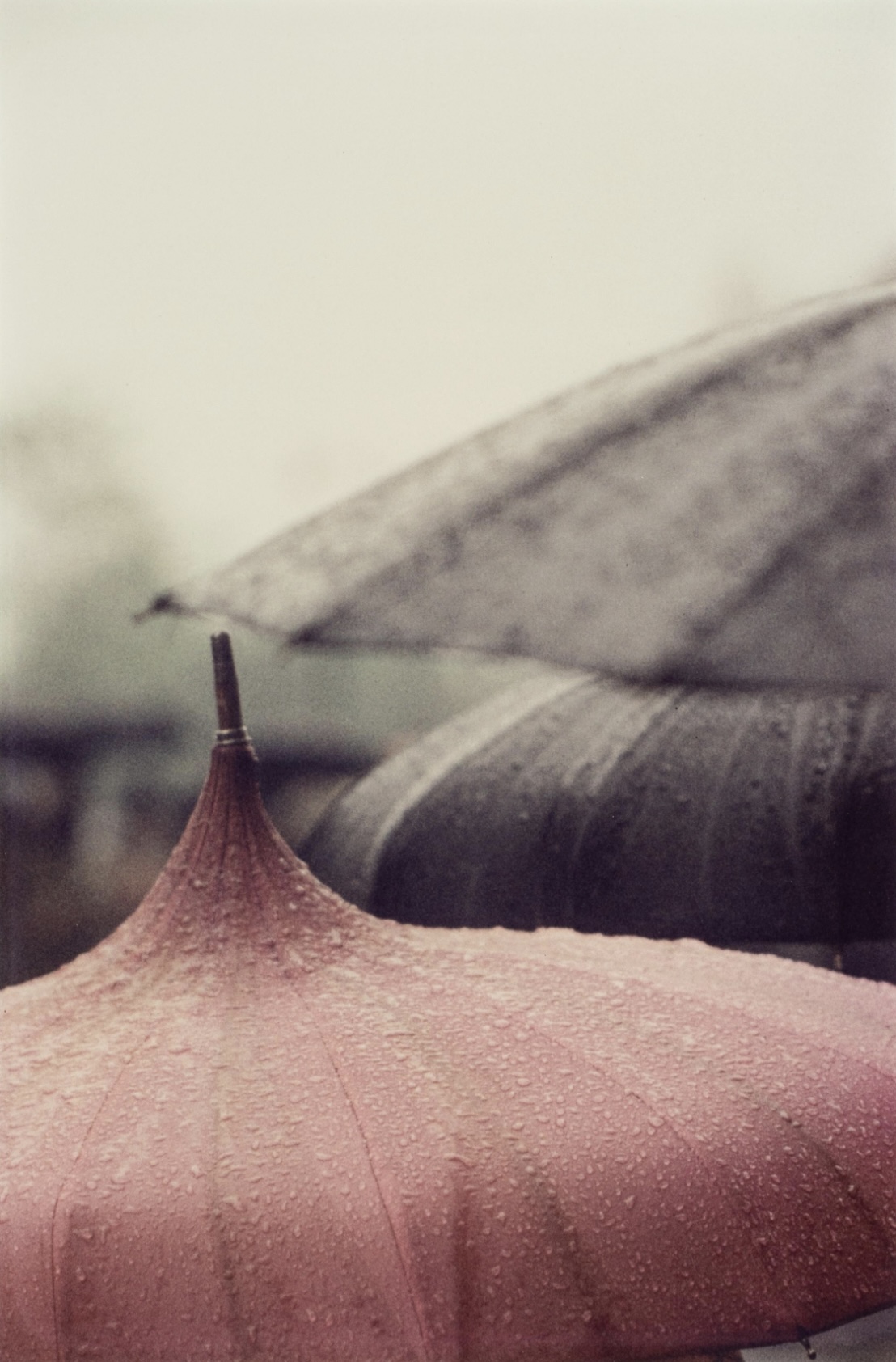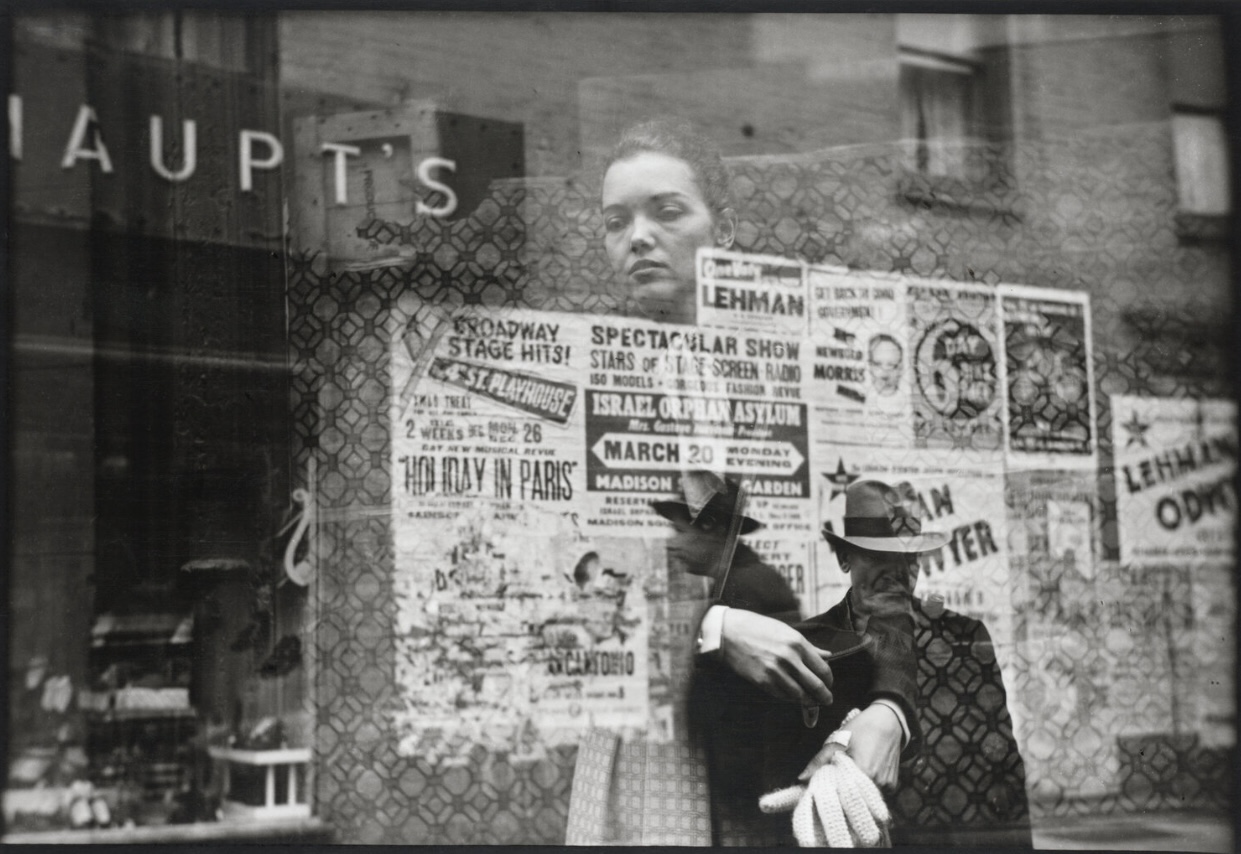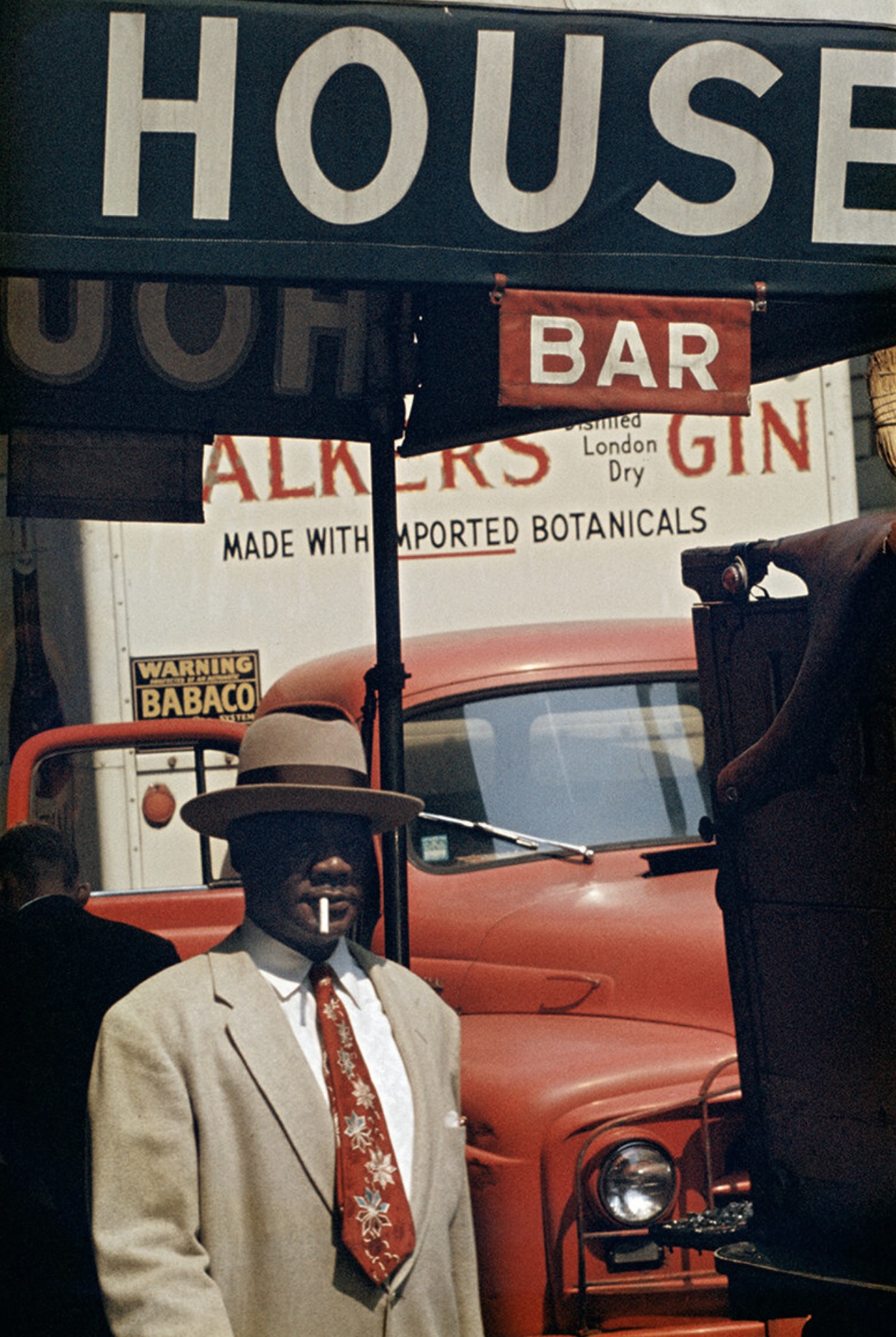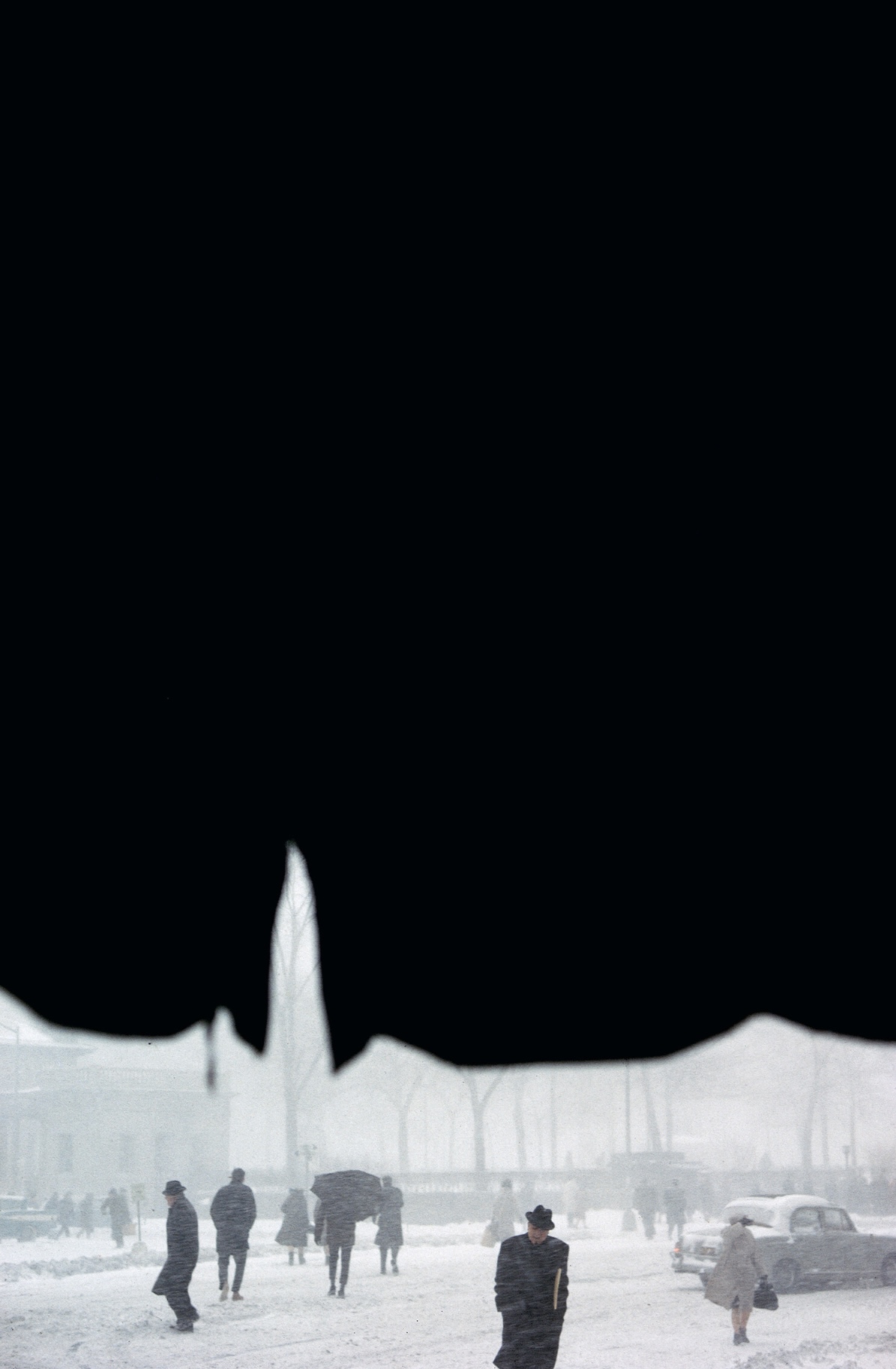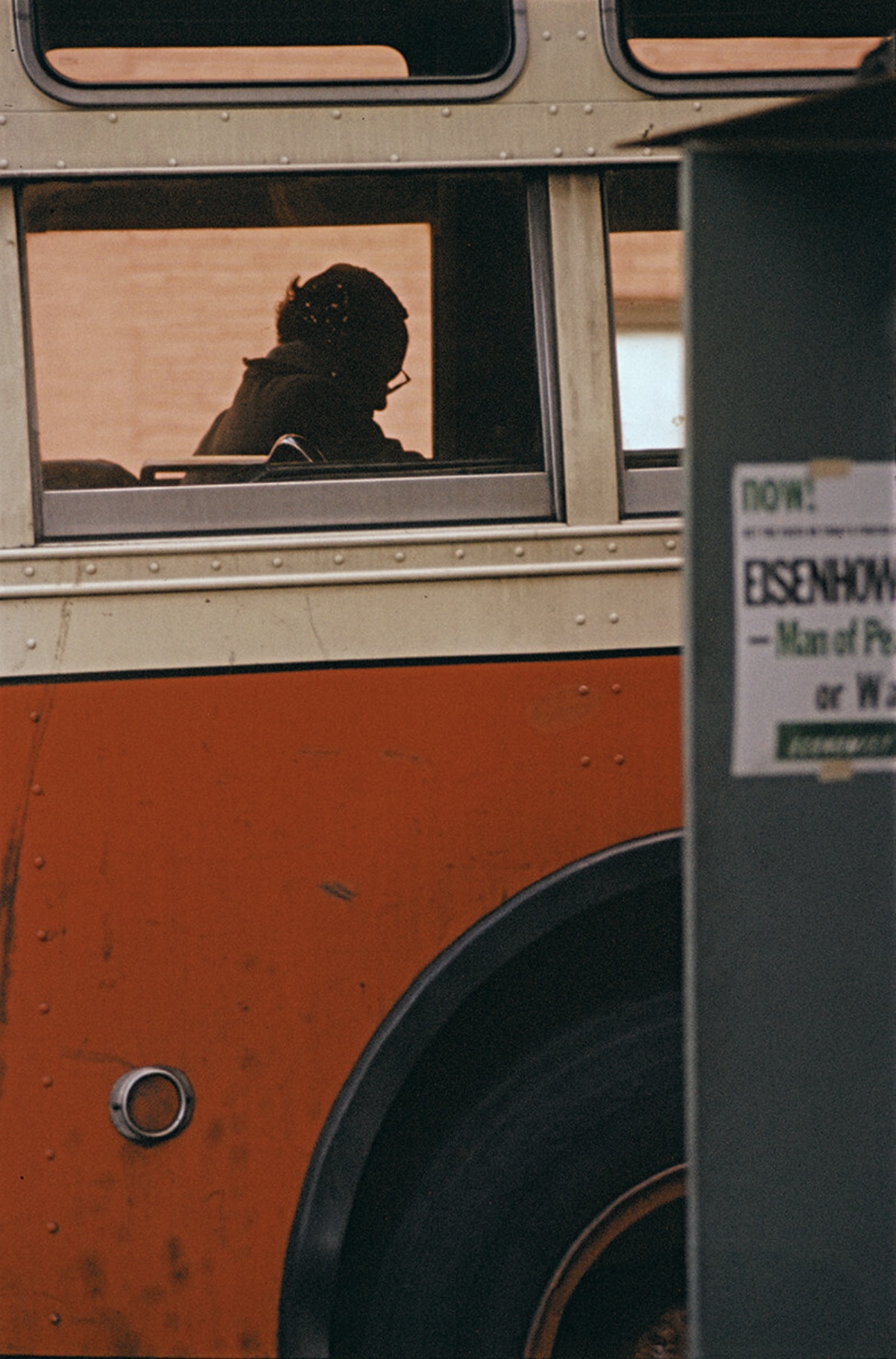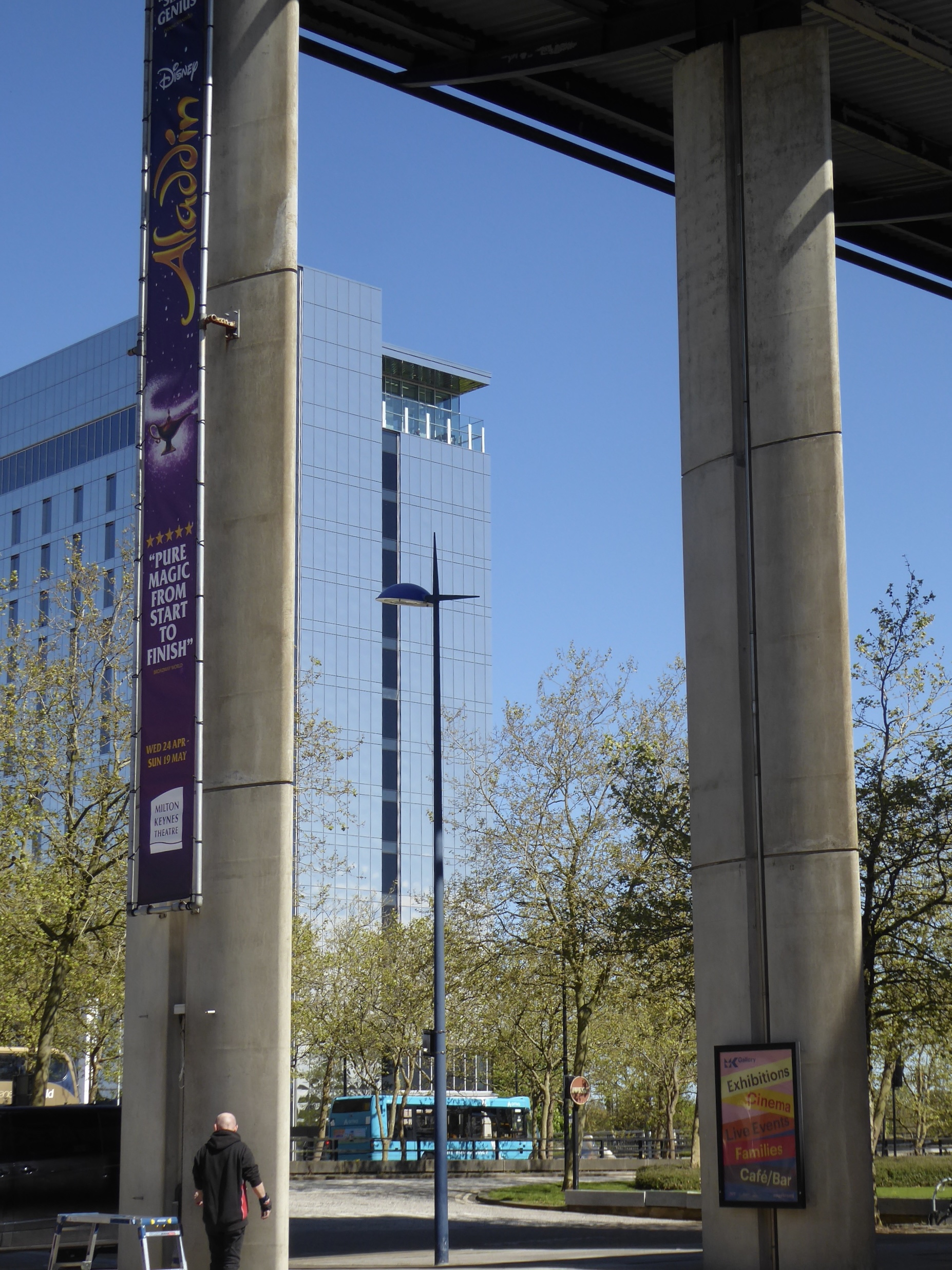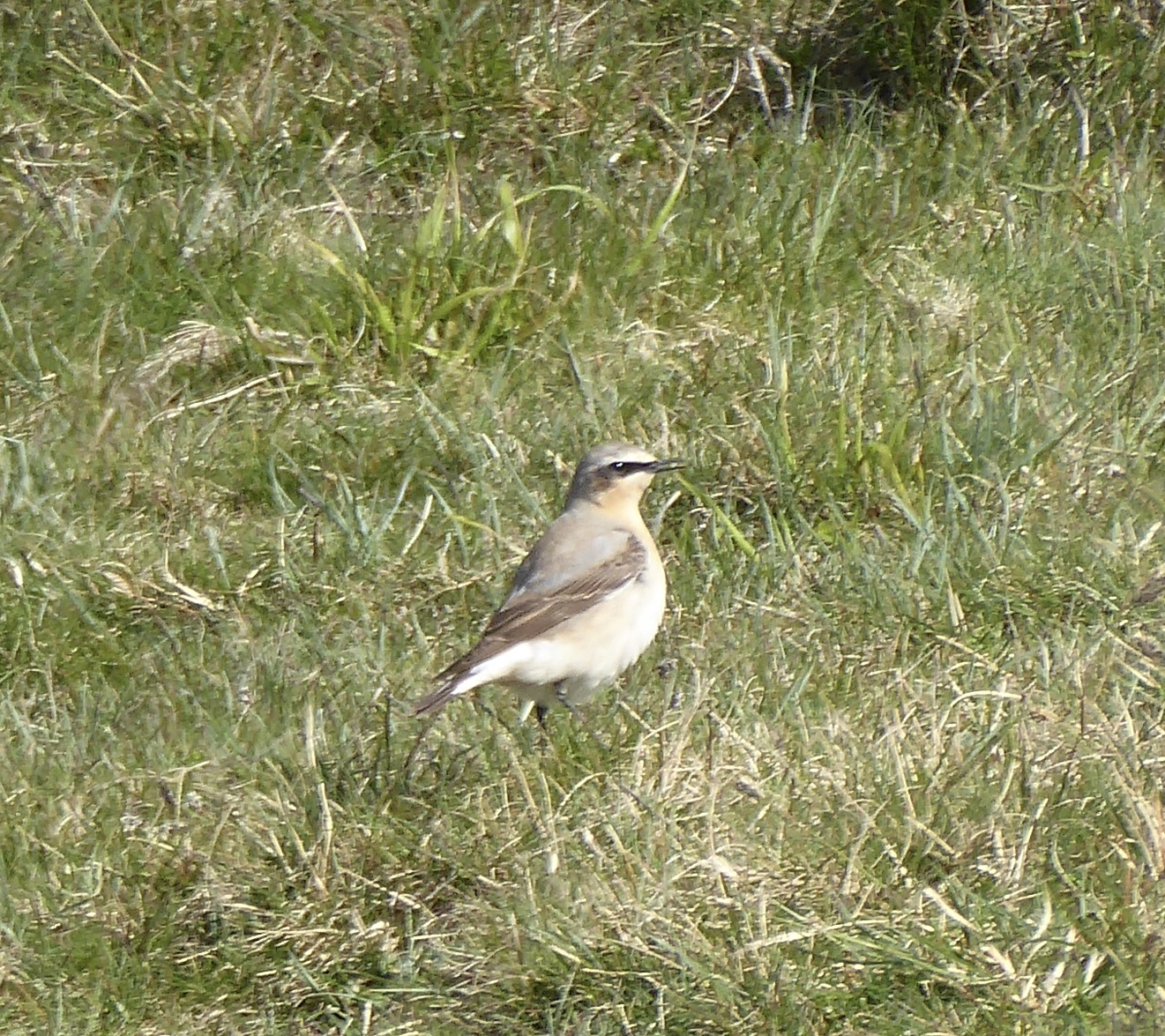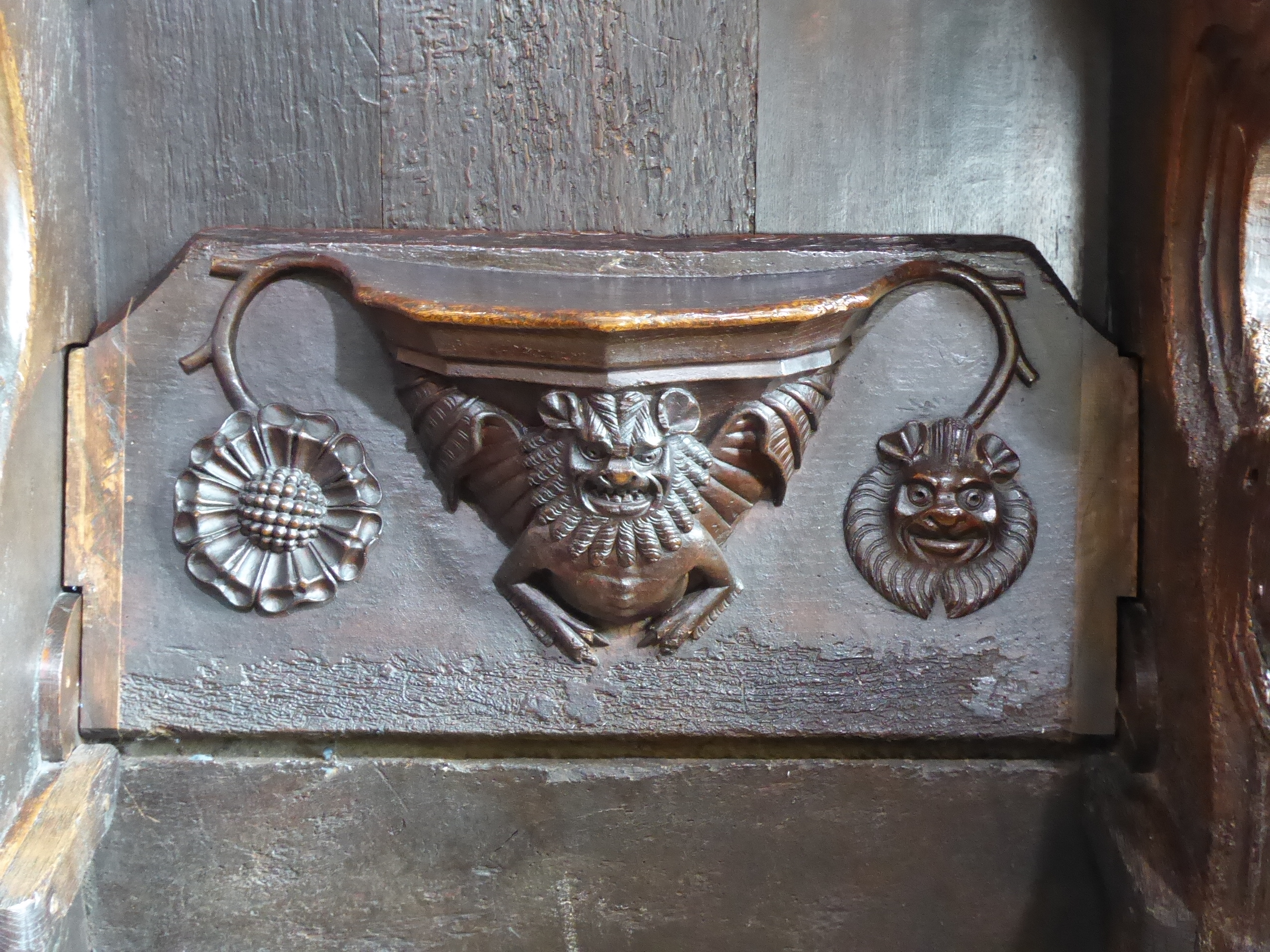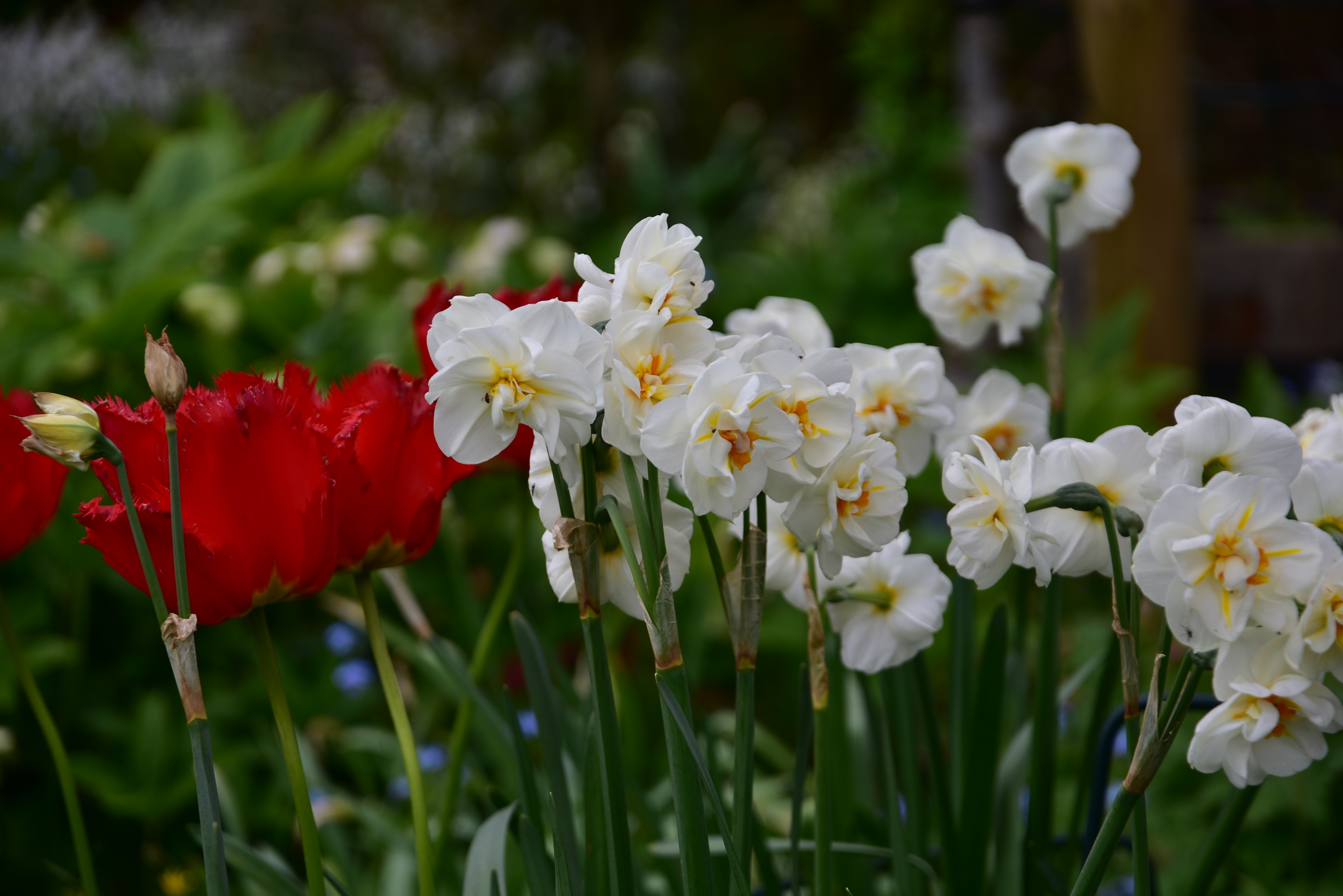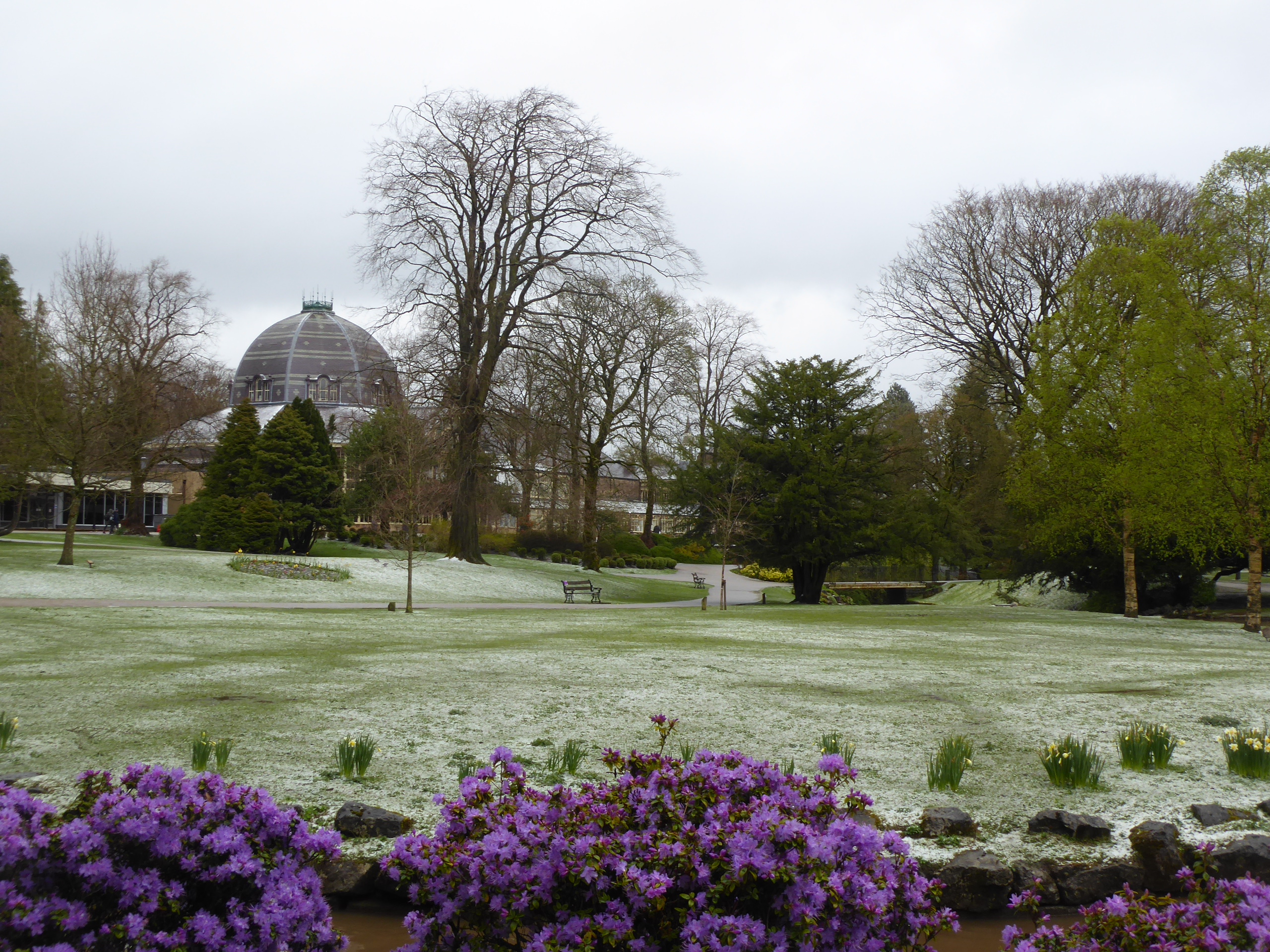I picked this up last week on our washed-out day in the Buxton cottage and couldn’t put it down again. That’s how good a storyteller Forster is. This book is the story of the maid to Elizabeth Barrett before and after her marriage to Robert Browning. It’s written in the third person over the course of 17 years but told from the viewpoint of Elizabeth Wilson (always “Wilson”), who leaves Newcastle (and her mother and sisters) for London in 1844 in her early twenties to join the Barrett household. Later, after EBB’s marriage, she becomes the housekeeper and nurse to EBB’s child. It’s an alternative view of EBB, since lady’s maids knew a great deal about their mistresses but not necessarily much about their intellectual lives.
My pedantic self wondered how much of this story was true. Forster explains at the end: the bare bones come from EBB’s correspondence. Wilson existed, accompanied EBB on her elopement, married, had two sons, ran a boarding house in Florence – and the rest is fictional.
Forster makes Wilson an intelligent, sensitive woman who quickly makes herself indispensable to EBB – so long as she stays within the confines of her role. There is a great tension between intimacy and power throughout the book: EBB talks of “friendship” between them, which strikes Wilson as hitting a false note. Much later, when Wilson – married and pregnant herself – attempts to beg for some of the claims of friendship, the power balance is very clear. She is a servant; EBB is the employer. This ambiguity has always been there
What did it mean, a mistress telling a maid she hoped she was her friend, that she wished to be thought of in this relation? To her ears, it sounded either false or dangerous or perhaps both. The gap was too wide. To be a friend, her mistress would need to bridge that gap, surely, and Wilson could not think how this could be done. Certainly she could not do it. She saw very plainly that it was her role to respond but not initiate and even in her response to be at all times guarded and prepared.
but over the years Wilson has tended to overlook it, eventually thinking that her loyalty was deserving of more. In this it put me in mind of Margaret Powell’s account of her life below stairs: she would never have made such an error, and it was the aim of her young life to marry out of service in order to be free of it.
It’s a great book for giving you the feel of Victorian life: the rigid social structure, the threat of illness and the horror of the black-bordered envelope, the London fogs, the stasis of the sick room, the hemmed-in lives and the hard work – and then the bewilderment and expansion of the flight to France and Italy. I suppose my only criticism was that it felt a bit too long, but the length gives a sense of a person growing older and altering with circumstances and environment.
Forster is just brilliant at bringing the past to life both as an individual experience and as an overarching social structure. How does one person’s life slot into the whole at a certain point in time and place? By telling the tale of two women through the eyes of one of them and including the minutiae of female experience it’s a feminist novel – but it is also concerned with power and how to view one’s life in retrospect. Perhaps there is no one way of viewing it. At the end of the novel, after EBB’s death, Wilson is offered two different ways of viewing her loyal service to such a singular woman: as a privilege or as idolatry.
All that day Wilson went about her work bemused by Miss Hargreave’s attitude. It ought, she felt, to mean something but quite what she had not decided. There she had been, coming to the conclusion that the best part of her life had been wasted serving the interests of a woman who had never really appreciated her finer points, a woman who had pulled back from true friendship with her maid, while being proud to think she offered it, and now along came this rather silly but undoubtedly sincere woman to tell her that on the contrary she had been privileged and honoured above all others. Which was the truth? And was it of any consequence?
As an afterthought, it’s tricky – as a modern reader – not to try to stick post hoc medical labels onto the experiences described in the novel. EBB’s illnesses – tuberculosis? Depression? ME? CFS? Wilson’s breakdown in Florence – religious mania? It’s probably better to think of Lucy Snowe’s description of her collapse in “Villette”: no name for it, no “term”, but simply a moving account of the horror.
